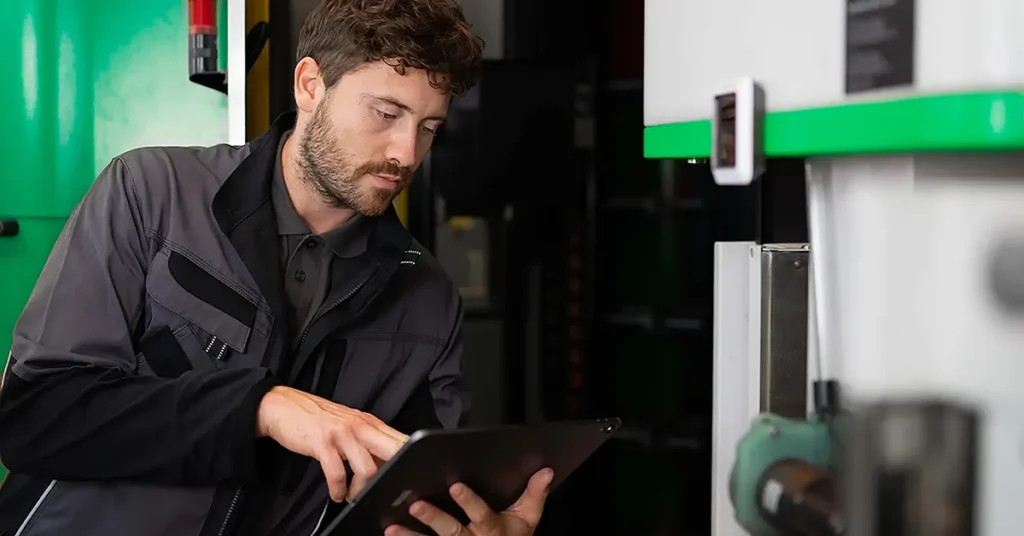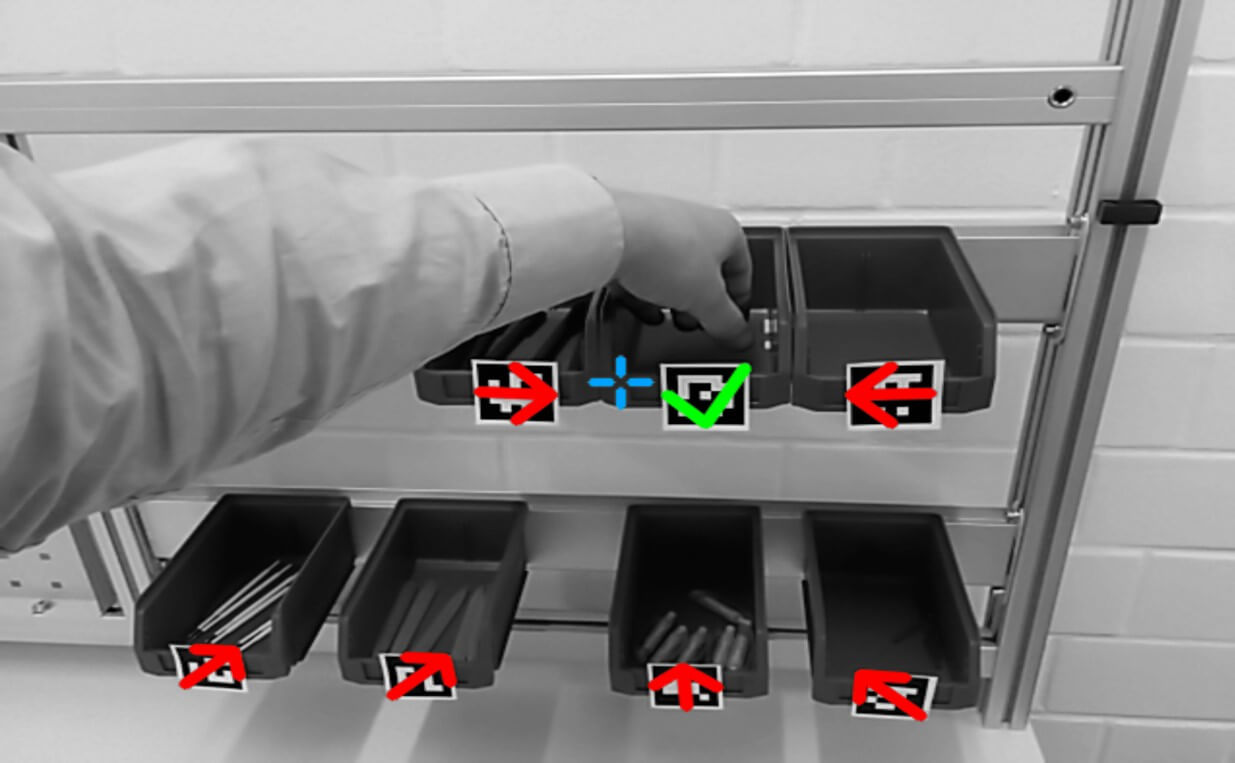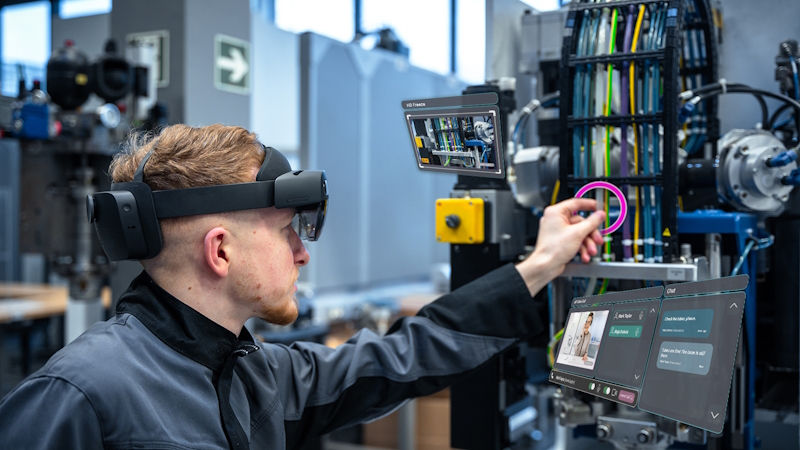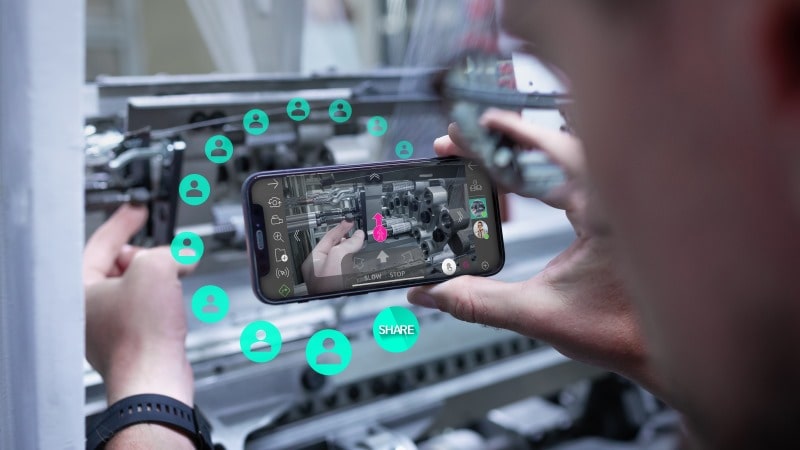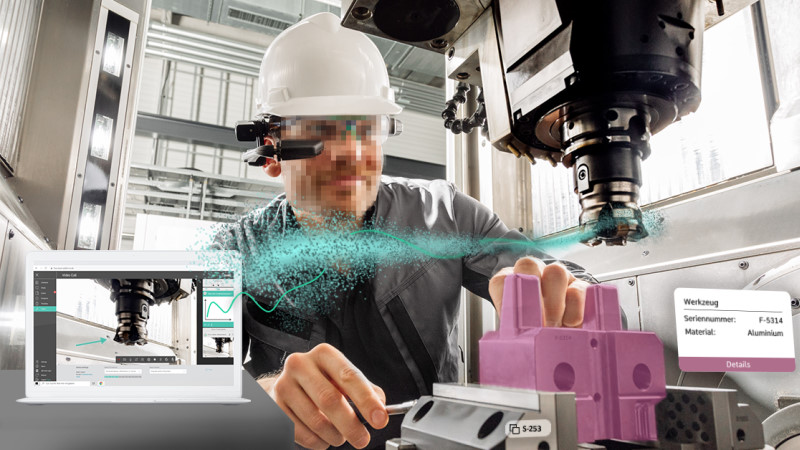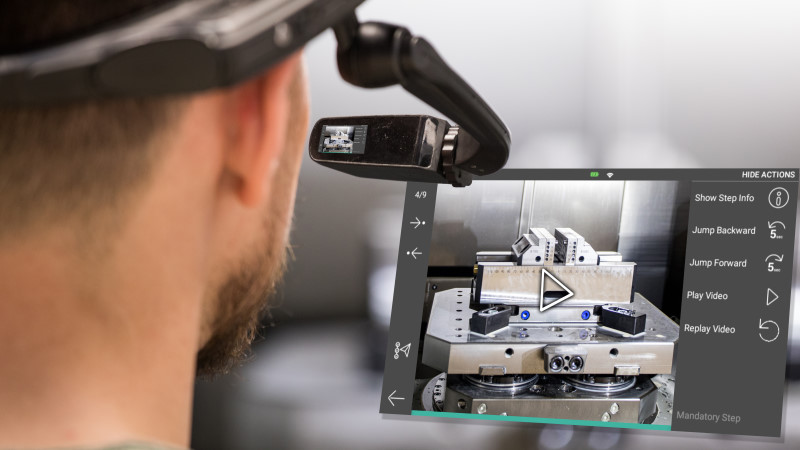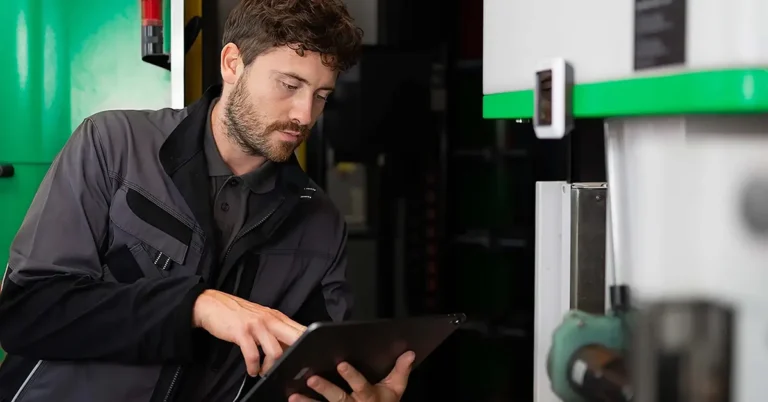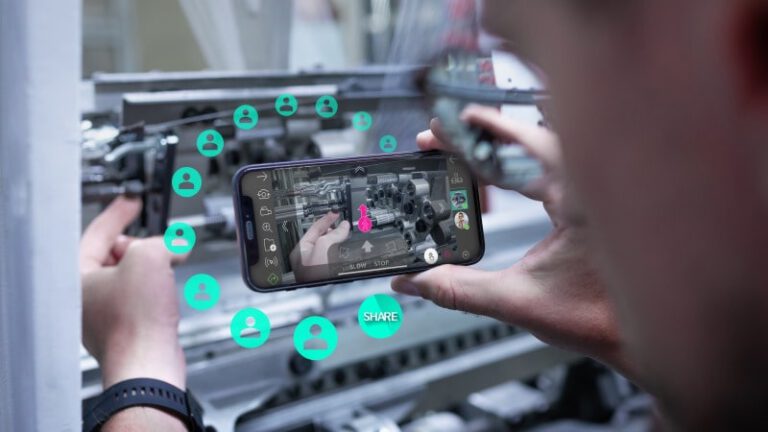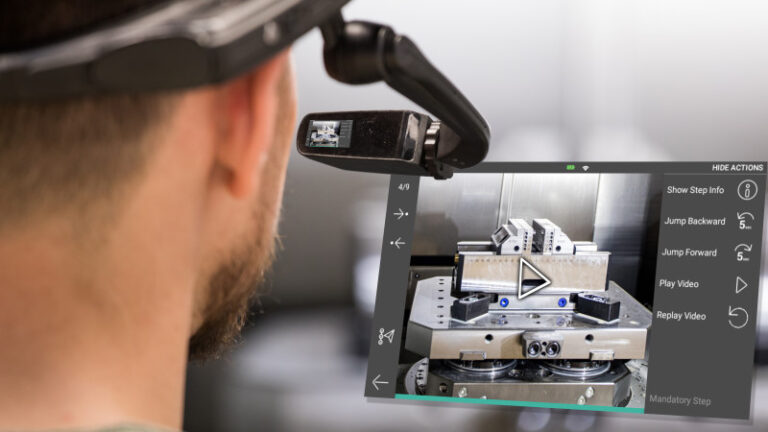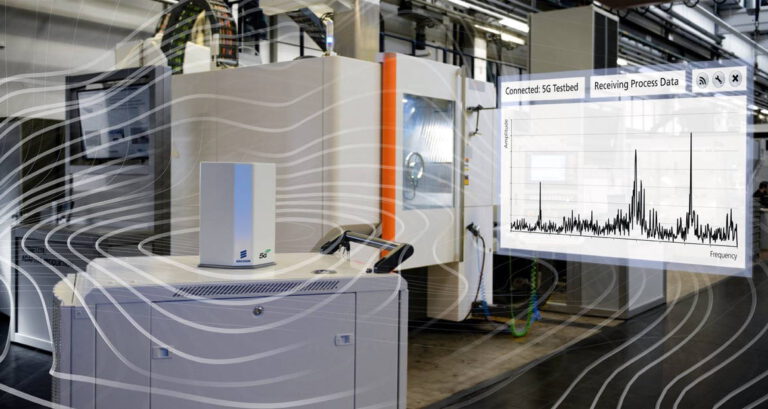The market for augmented reality headsets, also known as smart glasses has gone through a rollercoaster ride in the last three years. The first providers disappeared from the market again because the devices developed are not suitable for industrial use, fail to gain user acceptance or are too expensive to achieve rapid and high penetration in the consumer market.
The Gartner Hype Cycle is a good model that reflects this development. The instrument developed by the American consulting firm Gartner analyses innovative technologies annually in terms of the expectations they raise. For the year 2018, the technologies Augmented Reality (AR) and Mixed Reality (MR) have already passed the peak of expectations and are in the so-called trough of disillusionment.
The high expectations are often fuelled by overly well-intentioned marketing by technology providers. They suggest use cases that are already excluded or no longer practicable due to the technical and organizational boundary conditions of the technology. A prototype for picking via Pick-by-Vision used the following model: A warehouse worker receives visually overlaid information about the position of a storage shelf within a specific picking order. This should reduce errors and speed up manual logistics processes. However, the challenges in implementing this vision, which is shown in the following figure, are manifold and the example illustrates where the limitations lie in this scenario.
Typically, picking staff spend eight hours a day collecting orders and picking items from storage bins. In implementing a strictly smart glasses based approach, employees would be confronted with a new technology that is used for the entire duration of a shift. This results in high demands on the type of smart glasses used. Maximum wearing comfort is crucial for user acceptance. The vast majority of smart glasses are already failing in this regard. Only the Google Glass Enterprise Edition is so light and comfortable to wear that it can be used for picking. Unfortunately, the built-in processor is not powerful enough to track 2D codes attached to storage shelves. Solution providers who still focus on smart glasses usually use a handheld or ring scanner connected via Bluetooth for easy scanning of barcodes or QR codes and for ergonomic and efficiency reasons. In this scenario, smart glasses degenerate into a pure visualization device for the static display of quantities and units to be picked.
All these reasons have motivated oculavis GmbH to move away from this area of application in the field of logistics, especially since the achievable efficiency gains are not too high. Already a few months after spinning off oculavis from Aachen based Fraunhofer-Institute for Production Technology, the company focused on a single application for remote support services for machine builders and plant operators, which enables an effective business case by solving technical problems remotely. In addition to the reduction of travel costs for service technicians and the associated CO2 savings, the German mechanical and plant engineering industry in particular is enabled to establish digital business models in service. For this use case, the head mounted tablet (HMT-1) from US supplier Realwear are becoming increasingly popular. They are the first to combine the three decisive criteria of robustness, performance and wearing comfort in one device.
The requirement must be to develop software for this use case independently of the end device in order to remain independent of individual hardware providers. In addition this also has a very practical motivation, namely the availability of smart glasses hardware when it is needed for remote maintenance or service of a machine. The currently very low market penetration of smart glasses technology is a hurdle to rely on this hardware technology for remote support use cases. It is only used in very targeted applications, but is still far from becoming a daily and permanent companion to the daily work of technicians. While smartphones have found their way into the industry via a fast and high penetration of the private sector, this will not be the case with AR headsets according to the current status. It seems more likely that a niche of applications for smart glasses will develop in the industrial sector, which has its justification there as well, but the mass market expected by hardware providers and investors will not emerge for the time being.
You can download the original article here. It was published in November 2019 under the title “Augmented Reality Headsets for digital business models” in the VDMA magazine Future Manufacturing.
